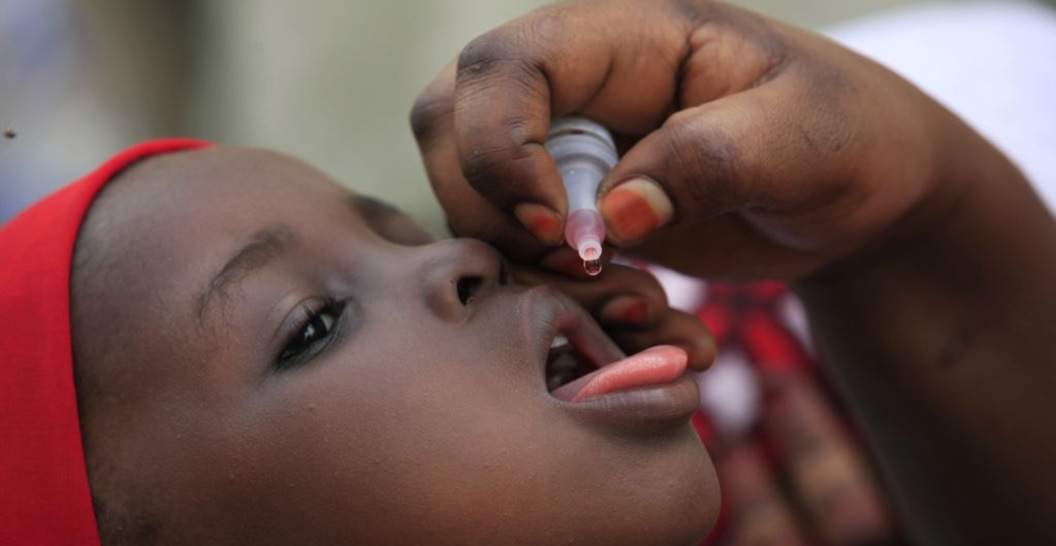HEALTH IMPACT OF WARS
War and armed conflicts are among the most important threats to health. The three most important attributes of a good health system disrupted by conflict – healthcare availability, accessibility and affordability.
According to WHO, “The first principle of health is life. War is a direct threat to life.” (From a 2000 World Health Organization working paper). Presently deaths and deformities caused by wars and armed conflicts are more than those caused by diabetes or heart disease.
The impact of war on health is not just the mortalities and morbidities caused by direct assault on civilians and soldiers, but also, perhaps more important, by displacements and destruction of hospital services and healthcare staff.
Contamination and pollution of soil, water and air, inadequate sanitation, poor medical supplies and malnutrition which are common during wars all negatively impact here.
An estimated 191 million people died as a result of conflict during the 20th century, more than half of whom were civilians. Public health challenges faced in war extend beyond efforts to protect civilians’ security. They include preventing illness and death from inadequate or contaminated food or water, poor sanitation, lack of shelter, and disrupted or destroyed healthcare systems and other infrastructure necessary to sustain health… BM J (2019)
The most vulnerable groups are women and children. Health indices (maternal, neonatal, infant and under five mortalities) soars during and post conflicts periods.


